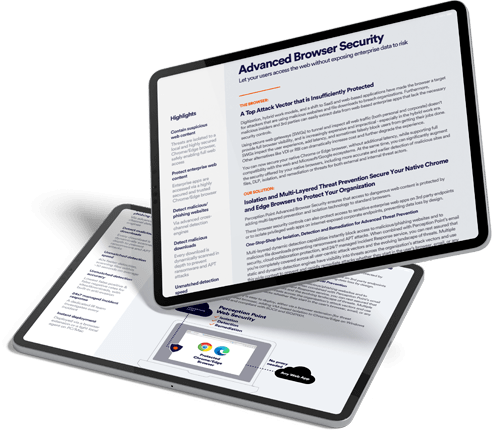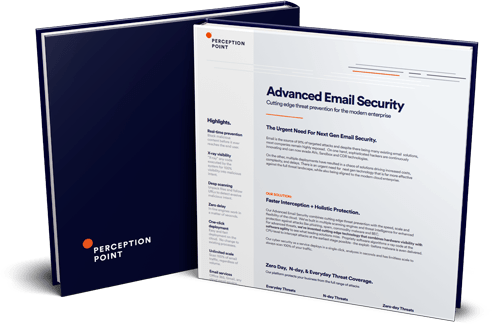Cyber attackers never run out of ways to access data, steal funds, and disrupt organizations. As if that’s not bad enough, this SonicWall Cyberthreat Report forecasts that the emergence of these threats is just beginning. With the imminent rise of cyberattacks, organizations are advised to strengthen their defenses with systems like cyber threat intelligence (CTI).
What is Threat Intelligence?
Threat intelligence provides valuable information on attacks that could cause financial and reputational harm to an organization. You can think of CTI as a data gathering system that captures intel from previous attacks. This intel can be anything from IP addresses, techniques used, email addresses, among others. Over time, CTI systems will have gathered enough data to empower enterprises to build effective defense mechanisms and mitigate risks.
How does CTI work?
CTI is predictive in nature, but it cannot predict without data from previous attacks. Let’s illustrate this further with the example below:
Let’s say an employee at an organization receives a malicious email from a cyber attacker. The signature seems legitimate, logos look official, and so far, no typing errors. Everything checks out – at least from the staff’s perspective. He clicks the link and fills out the form that pops up. An hour later, he learns that there was no Jonathan Skye that ever worked in the company and they’ve now lost $100,000.
As ridiculous as it sounds, this same situation has happened to several companies in real life.
So where does CTI come into play?
The silver lining in any novel cyber attack is the opportunity to extract and store data. CTI records every aspect of the incident from the techniques used to the domains presented. Information from the past is used to defend against attacks in the future.
In the case of the example we just gave, that type of attack is so widely used that threat intelligence systems have enough information to block it. The same is true with other common phishing attacks.
How can organizations benefit from CTI?
1. Knowledge is Shared Across Organizations
What makes CTI powerful is that it captures intel not only from incidents that happened within the organization, but outside of it as well. Companies can learn from each other—from the types of attacks they encountered and the countermeasures that were taken. This way, everyone is united against cyber threats.
2. The More Data You Have, The More Threats You Can Stop
Imagine a system without CTI: analyzing emails that come through your inbox would take forever. Plus, they could be subject to human error. Threats can slip through the cracks and before you know it, your company makes it to the news as the latest cyber attack victim.
With CTI, the more intel you have, the more you can fortify your defenses. This analysis also aids in the development of rock-solid security protocols that will keep your company secure.
3. Great Support For Your Security Team
Threat Intelligence identifies potential threats to an organization and specifies which ones require immediate attention, assisting the security team’s workflow. Early threat identification optimizes your team’s time allowing them to focus on higher-priority tasks. They still have to check for false positives, but the system will handle the rest.
4. Allows Teams To See Beyond the Perimeter
CTI enables SOC teams to see beyond the perimeters, alerting them to threats before they do significant damage. This buys the team additional time to prepare and fine-tune defenses. These defenses might include deploying specific monitoring or identification rules.
In handling incidents or alerts, having additional context allows SOC teams to understand who is behind the attack, what their goals are, and what the next steps should be. All of this makes deciding how to respond easier and more effective.
5. Saves Your Team From Downtimes
By pointing out potential vulnerabilities, CTI prevents hackers from exploiting the flaws in an organization’s cybersecurity system. It is the company’s responsibility to then remedy those gaps as soon as they are spotted. This can save the organization from losing money and time. Thus, the risk of data loss is reduced, and normal operations can resume with little to no downtime.
6. Unexpected ROIs
CTI doesn’t cost a fortune, is cost-effective, and will help your organization save millions of dollars if done right. According to IBM and Ponemon Institute’s 2021 data breach report, cyberthreat incidents cost companies an average of $8 million in lawsuits, fines, and fees, as well as a decrease in sales due to a loss of reliability.
To Move Forward, We Must Look Back
Understanding and capturing intel can drive your cybersecurity to the next level. And although there may be some limits to CTI — like how it can only defend you against attacks that it has data on, and not against new risk vectors — organizations can always find a way to optimize detection thresholds for greater reliability.
At Perception Point we learn from the past to inform our daily decisions. Our approach to threat intelligence integration is multi-layered, using multiple engines to anticipate attacks. Learn more about the latest attack trends in our whitepaper on cybersecurity blind spots.






























